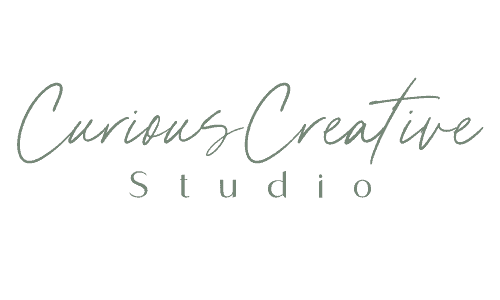Practicing the basic strokes is essential for every stage of modern calligraphy. You MUST start with the basic strokes if you want to learn modern calligraphy.
And, if you’re new around here…I’m not one for absolutes in MOST things, so when I say MUST, you probably should listen. 🙂
Once you master the basic strokes and start building letters and words, the basic strokes are still essential. This may come as bad news to some. You’ll never grow out of the basic strokes.
In this video, I’ll show you 5 ways to practice the basic strokes and break them down for beginners, intermediate, and advanced calligraphers.
Consistency with Basic Strokes
Part of what I find is that practicing the basic strokes on a consistent basis will help you develop the muscle memory to do modern calligraphy. So let’s dive in with these five ways.
1. Set a timer for 15 minutes
The first way to practice the basic strokes is for beginners. Simply set a timer for 15 minutes.
And what you’re going to do in that 15 minutes is practice each one of the basic strokes. You may want to practice them in a series one at a time. Or, I prefer repeating 5-10 of the same stroke over and over again.
There is nothing magical about 15 minutes. I suggest 15 minutes because it’s long enough to give you some good practice and to get into the rhythm of the strokes, but it’s not so long that it’s not doable. You could take 15 minutes while you’re watching a TV show and sit at your table and do the strokes while you’re binging on Netflix.
One caution: don’t rush! The timer is simply there to let you know how long you are practicing. Don’t get into a race with yourself practicing the basic strokes.
2. Write a Line of Each Basic Stroke
The second way I suggest you practice the basic strokes is to do an entire line of the basic strokes. So that would mean one line of entrance strokes, one line of ovals, one line of ascending loops, one line of descending loops, one line of compound curves, one line of underturn strokes and one line of overturn strokes.
You might say, gosh, Sara, that’s really repetitive. It is really repetitive, but it’s also very calming, very reflective, and very meditative. Part of what really got me hooked on modern calligraphy was the repetitive nature of calligraphy. It’s very calming and centering for me. I hope it is for you too.
Once again, while some people may think that this is boring, I think it’s very relaxing and meditative. The whole point is to build up your muscle memory.
This practice is also for beginners in modern calligraphy. As a beginner, you want repetition. You may be eager to move on to what I’m going to suggest next. But don’t do it until you’ve mastered these basic strokes. What do
I mean by mastered? Until you can consistently do an entire line of each one of these strokes, you are going to be frustrated by inconsistent letter forms.
Practice makes progress!
3. Break Letters Down Into Basic Strokes
The third way I suggest that you practice the basic strokes is by breaking letters down into the basic strokes. I think this is a fun variation of just doing basic strokes.
Caution: This is for intermediate calligraphers who have learned their letters. If you already know how to write your letters, it is important to continue practicing your basic strokes. This will help you practice both. Breaking the letters into the basic strokes can help you not only practice the basic strokes but also practice your letters.
4. Break words down into letters and letters into basic strokes
The fourth way builds on option 3. Break words down into letters and letters into the basic strokes.
Again, you’re practicing the letters and basic strokes, but you’re also going to practice the word. And this is what I do on my Instagram stories right now.
This is an intermediate option. This will help you not only practice your basic strokes but help you to get into the flow of writing out a word, writing out each one of the letters, and making the connections with those letters.
5. Categorize letters based on basic strokes
And finally, the fifth way is to group letters together based on the basic stroke. So let’s say you wanted to practice ovals. Consider what letters have an oval in them.
Immediately, you can think of the letters a, d, g, q, and o. Combine option 3 with option 5 and you can practice one stroke and several different letters. One letter may fall into two categories. You might have a couple of letters, like the letters e and z, that are modified basic strokes. I might put the letter e with ovals and the letter z with letters with the overturn strokes. Or you can group the “variations” together. It’s totally up to you.
This final way is advanced. If you want to challenge yourself, then start looking at the letters that you have in each category and start building the words.
Modern Calligraphy Basic Stroke Practice
The key to practicing your basic strokes is consistency. So if you only have five minutes each day to practice your basic strokes, dive in and practice with the tie you have available. Practicing the seven basic strokes help you develop the muscle memory that you need to become a wonderful modern calligrapher.
Let me know in the comments below, which option are you going to choose to practice the basic strokes?
